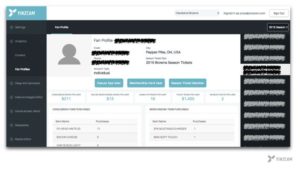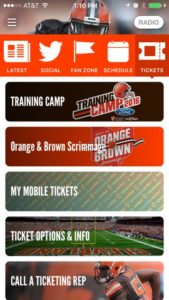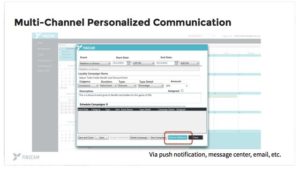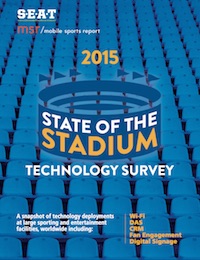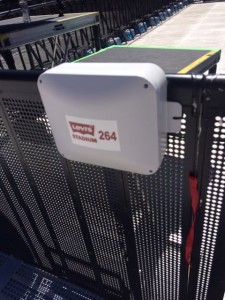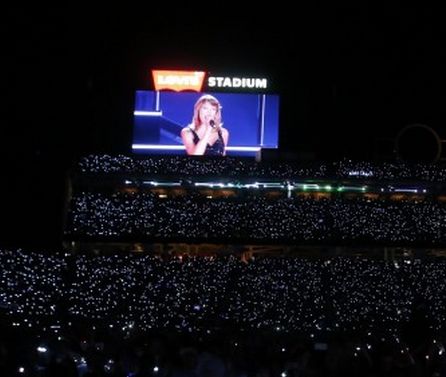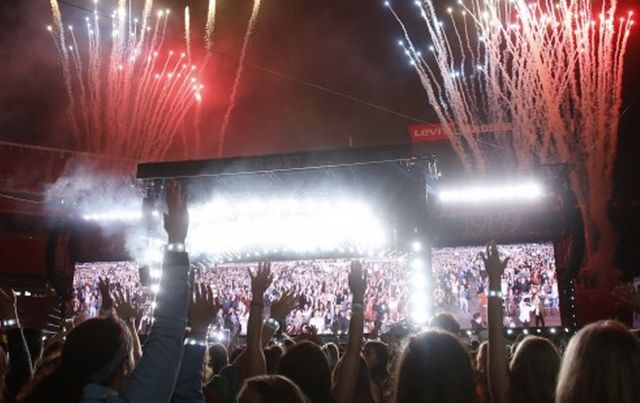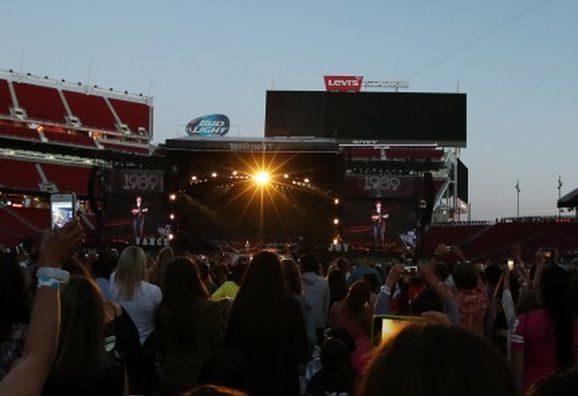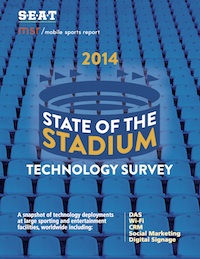 The SEAT Conference announced today a plan to host virtual events on a year-round basis, while also moving its planned live event in Minneapolis from this summer to 2021.
The SEAT Conference announced today a plan to host virtual events on a year-round basis, while also moving its planned live event in Minneapolis from this summer to 2021.
More info when we get it from SEAT, but for now you can visit the SEAT site to register for the virtual events. According to the SEAT email we received today, “If you have already pre-registered for SEAT 2020 Minneapolis, your registration will be extended to include both the Virtual SEAT Community and the next Physical SEAT conference in June 2021 in Minneapolis.”


